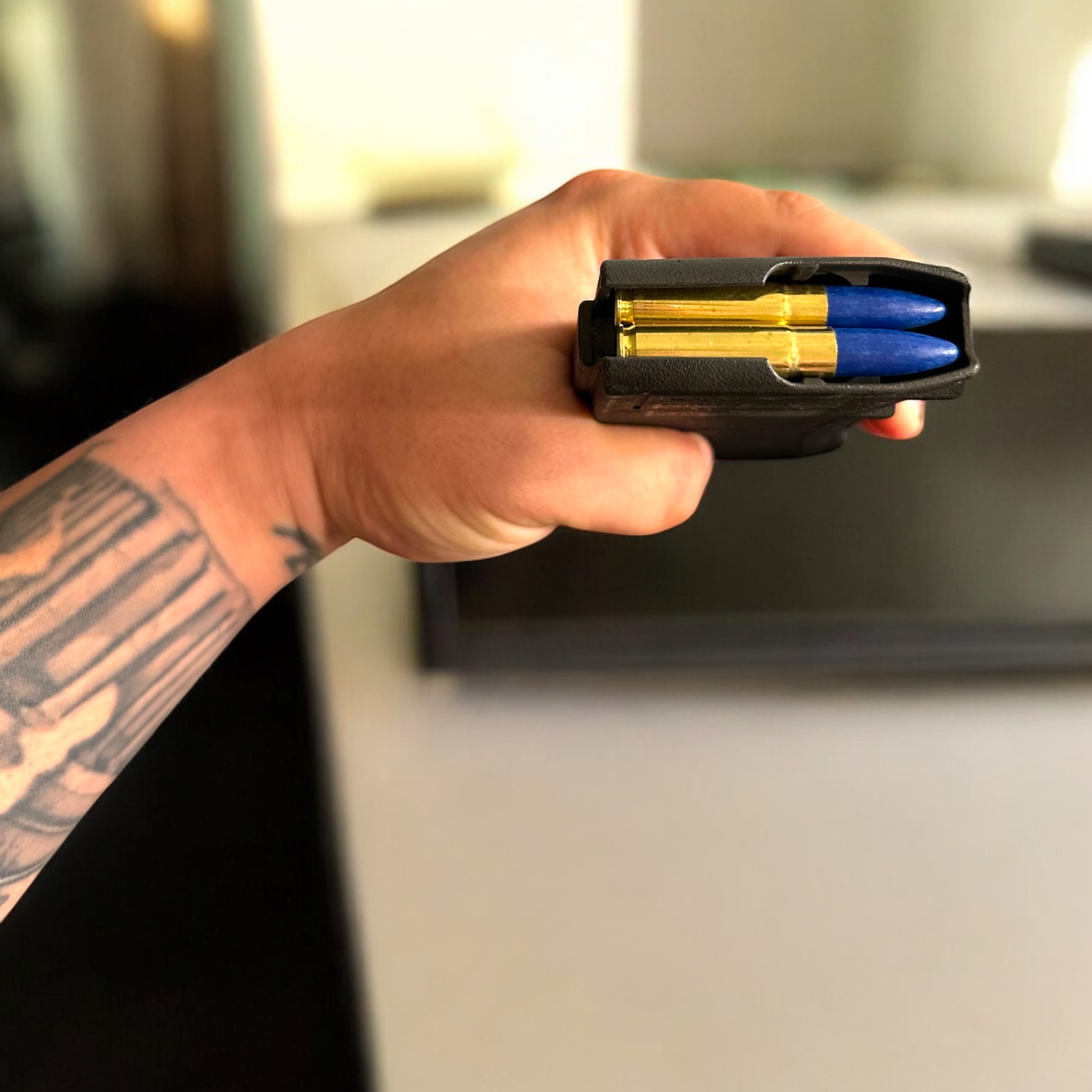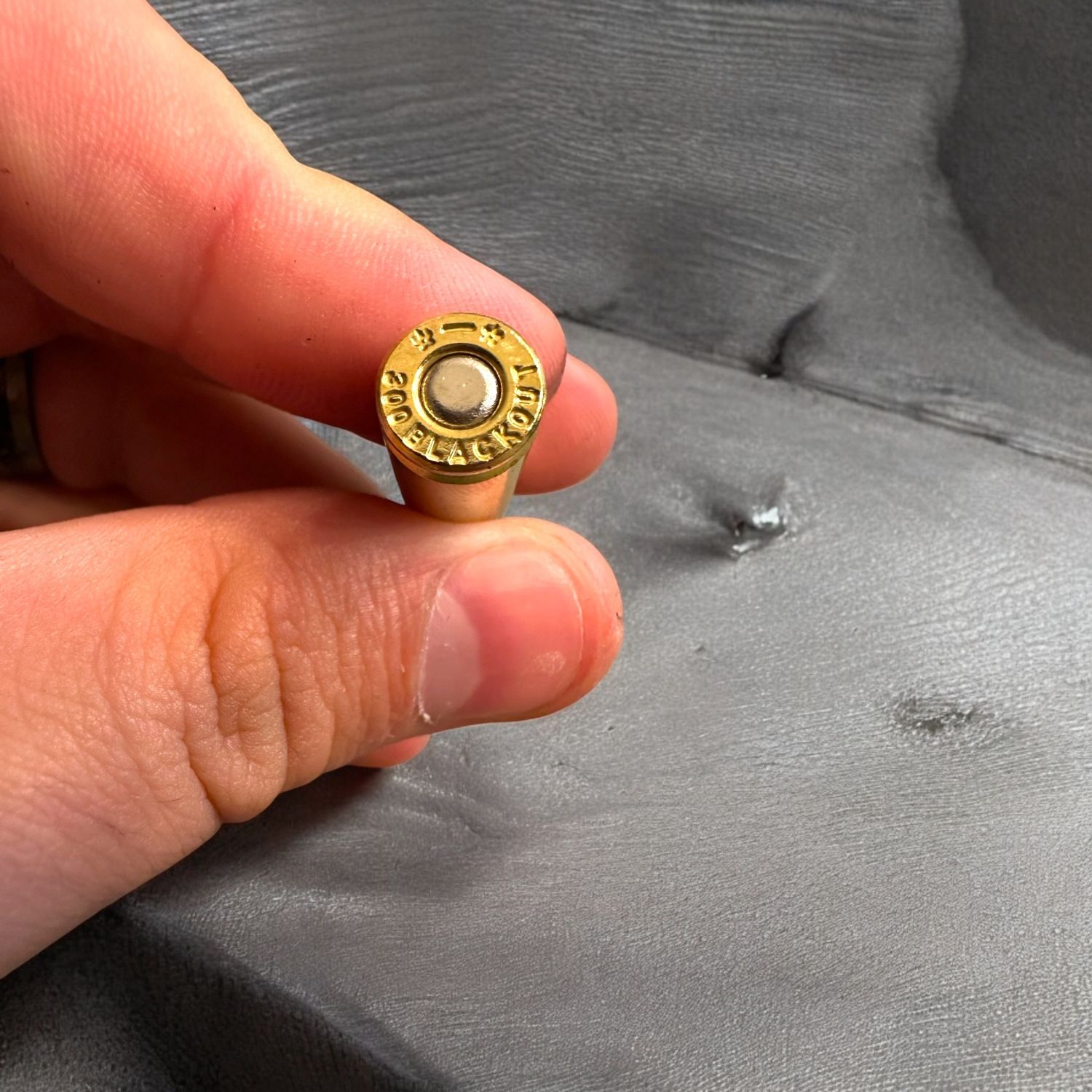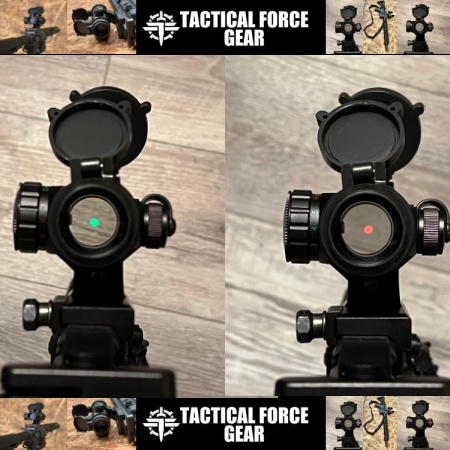American Made Excellence
You know what I love? When something unexpected just works, no drama, no disappointment, just pure performance. That’s exactly what I found shooting HOP Munitions’ polymer-coated 9mm and .300 Blackout rounds.
Now, full honesty: before this, I had never shot polymer-tipped ammo. I wasn’t sure what to expect, maybe a lot of fouling, maybe weird accuracy, who knows? But after putting both their 9mm and .300 Blackout through the wringer, I’m officially a believer. These things are awesome for training and target work.
The 9mm: Smooth, Reliable, and Built for Training
Let’s start with the 9mm:
- 147 grain polymer-coated full metal jacket
- Velocity: 900 FPS
- Energy: 264 ft/lbs
- 50 rounds per box
- Check it out here
I ran this ammo through my Springfield Prodigy, and it shot flat, soft, and consistently. The lightweight feel really threw me off at first (in a good way), follow-up shots felt automatic, and it almost erased any fatigue from longer range sessions. Plus, it’s insanely affordable, which is a game-changer if you’re burning through hundreds of rounds a week for training.
Usually, when you hear “affordable training ammo,” you expect some compromises, dirty burning, wild flyers, maybe even a few stovepipes. That was not the case here. The polymer coating not only kept my barrel clean, but it also seemed to help tighten up my groups a bit. This stuff feels premium without the premium price tag, and for those of us who like to train hard without blowing the rent money on ammo, that’s a huge win.
The .300 Blackout: Suppressed, Subsonic, and Seriously Fun
Now onto the .300 Blackout:
- 220 grain polymer-coated
- Velocity: 1,020 FPS
- Energy: 539 ft/lbs
- 20 rounds per box
- Find it here
I ran these through my Sig MCX, suppressed, and here’s the real kicker: they were so quiet and smooth, I didn’t even need ear protection. It felt like shooting a suppressed .22 on steroids, flat shooting, easy recoil, and ringing steel at 100 yards with a smile on my face. For subsonic ammo that doesn’t hammer your shoulder or your wallet, this is about as good as it gets.
Even better, the performance didn’t seem to care whether I was going fast or slow. Rapid double-taps stayed tight, and slow, deliberate shots stayed clean. Whether you’re just running drills, practicing transitions, or doing some low-light suppressed shooting, this .300 Blackout polymer round gives you all the flexibility you want without sacrificing accuracy or reliability.

Built with Pride: American Made, Veteran Owned
Something else you need to know: HOP Munitions isn’t some faceless ammo company churning out mystery rounds in a dark warehouse overseas. They’re 100% American made, veteran owned, and veteran operated.
Their ammo is crafted by skilled veterans using a process that focuses heavily on precision and quality control. From new brass, carefully loaded primers and powder, to chronograph-tested velocities, they make sure every single round meets a high standard before it ever touches your hands. Learn more about their process here.
And it’s not just a marketing line, they actually live it. Every box you pick up supports a group of veterans who have put real thought and sweat into delivering a better product. In a market that’s flooded with cheap import ammo of questionable quality, it’s refreshing to see an American company standing tall with something that’s both affordable and genuinely high-performing. If you’re going to spend your hard-earned money, why not spend it with people who actually care about what they’re putting in your hands?

Final Verdict
If you’re looking for affordable, reliable, veteran-made training ammo that shoots flat and light, go grab yourself some HOP Munitions 9mm or .300 Blackout. You’ll be just as pleasantly surprised as I was.
Between the crisp shooting, clean barrels, and knowing you’re supporting American veterans, it’s an easy recommendation. Next time you load up for a range day, don’t sleep on polymer-coated rounds, they might just be your new favorite.
Hats off to HOP Munitions, this stuff rocks.
Read the full article here


